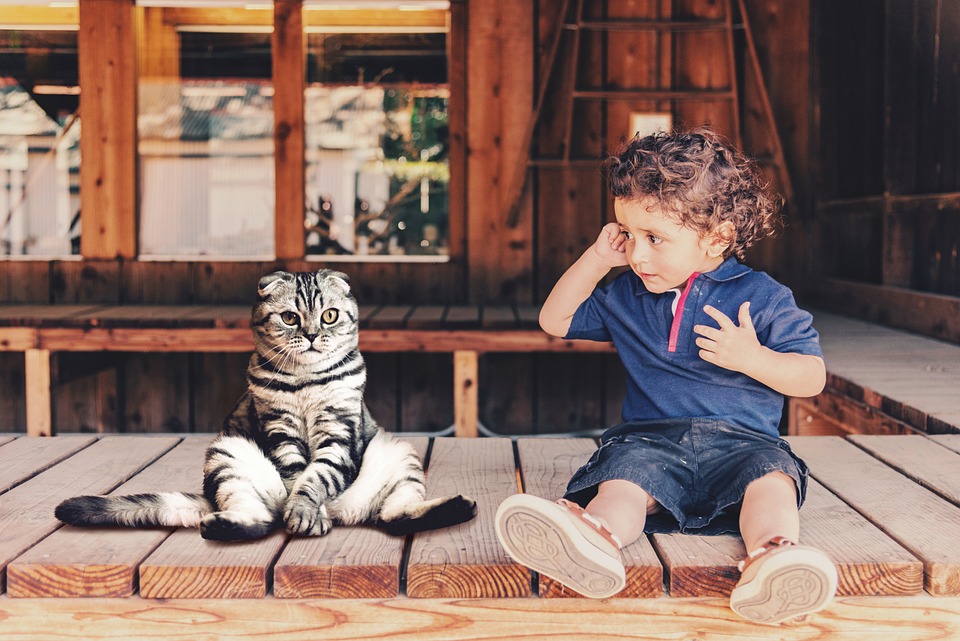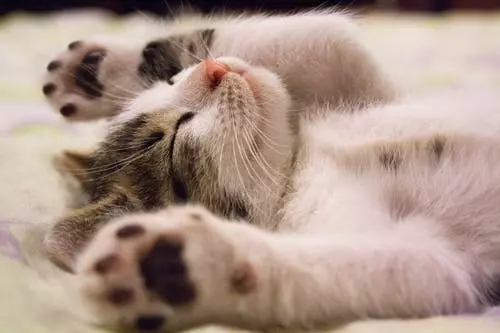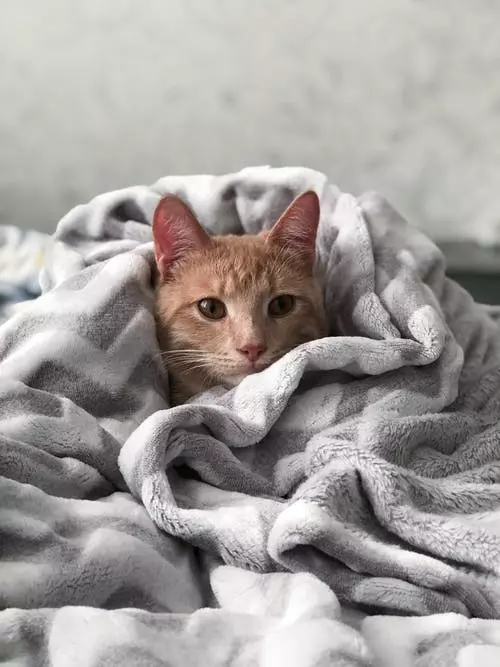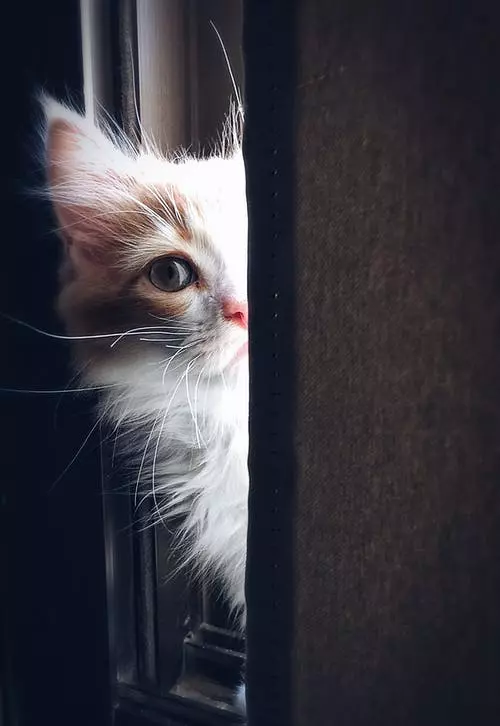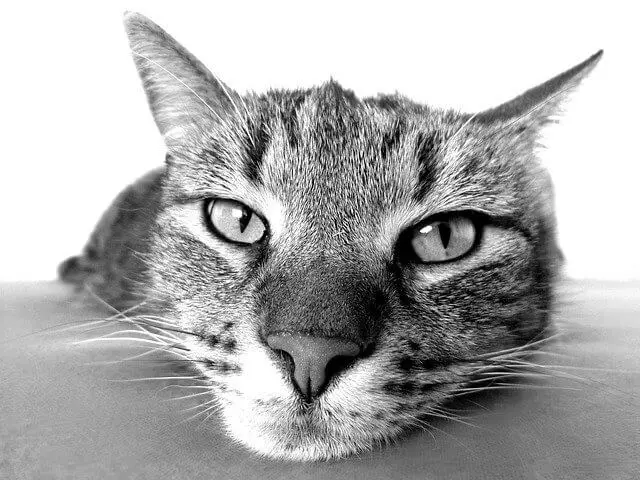Creating a safe and cat-friendly home environment is essential for the well-being of your feline friend. Cats are curious creatures who love to explore their surroundings, and it’s your responsibility as a cat owner to minimize potential hazards and provide them with a comfortable living space.
One of the first steps in creating a safe environment is securing indoor spaces. Identify areas in your home that could be potentially hazardous to your cat, such as the laundry room, kitchen, or rooms with delicate items. Use baby gates or other barriers to block off access to these areas while still allowing your cat to roam freely in safe spaces.
Windows can be a source of danger for cats, as they love to lounge near them. Make sure all windows are equipped with sturdy screens to prevent accidental falls or escapes. Additionally, cats have a tendency to chew on cords and wires, which can lead to electric shocks or ingestion of hazardous materials. Keep electrical cords and wires hidden or secured to prevent your cat from accessing them.
In addition to creating a safe environment, it’s important to design a cat-friendly layout. Cats love to climb and perch at elevated heights, so consider installing cat trees, shelves, or scratching posts to provide them with vertical space. These additions not only fulfill their natural instincts but also give them a sense of security. Cats also appreciate having their own private spaces to retreat to when they need some solitude. Provide cozy cat beds or enclosed areas where they can relax undisturbed.
Proper litter box placement is crucial for your cat’s hygiene and comfort. Place litter boxes in quiet and easily accessible areas, away from their food and water bowls. Cats prefer privacy when using the litter box, so ensure that it is placed in a quiet corner.
Minimizing household hazards is another important aspect of creating a safe environment for your cat. Some common household plants can be toxic to cats if ingested, so research and remove any potentially harmful plants from your home or place them in areas your cat cannot access. Store all household chemicals, cleaning agents, and medications securely in cabinets or high shelves, out of your cat’s reach. Fragile decorations, glassware, or other breakable items should also be kept in secure places to prevent accidents and injuries.
Here are some frequently asked questions about creating a safe and cat-friendly home environment:
Q1: What is the best way to introduce a new cat to a safe home environment?
A1: When introducing a new cat, start by confining them to a smaller, safe space, such as a spare room. Gradually allow them to explore the rest of the house, as this helps them adjust and prevents them from feeling overwhelmed.
Q2: How can I prevent my cat from scratching furniture and other inappropriate surfaces?
A2: Provide your cat with appropriate scratching posts or boards and make them more enticing by using catnip or treats. Regularly trim your cat’s nails and redirect their attention to the scratching posts when they start scratching furniture.
Q3: Are there any specific houseplants that are safe for cats?
A3: Yes, several houseplants are considered safe for cats, such as spider plants, Boston ferns, and African violets. However, it’s always best to research and double-check the safety of any specific plant before introducing it to your home.
By creating a safe and cat-friendly home environment, you are not only ensuring your cat’s well-being but also fostering a strong bond between you and your feline companion. Remember, your cat’s safety and happiness are in your hands, so take the necessary steps to provide them with a secure and enjoyable living space.

